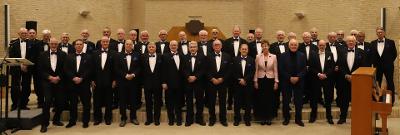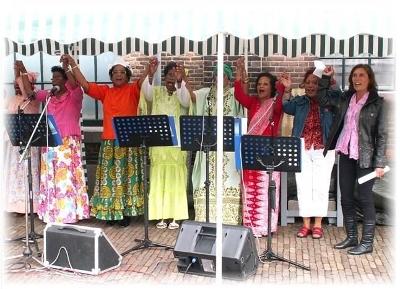The Helderse Vallei is the starting point of the 4 well-marked canoe routes from Den Helder with various footbridges along the way. In addition, Den Helder has various waterways that are easily accessible for canoes. The city and defense route (red route, 6 km there and 6 km back) passes Fort Dirks Admiraal, Fort Erfprins, Fort Westoever, the line and Willemsoord. Den Helder has a special line of defense that runs right through the city. This line of defense was built to protect Willemsoord, once the port and shipyard of our fleet, from attacks from the land. A visit to Willemsoord guarantees a pleasant day! Fort Westoever was built around 1825 to defend the newly built North Holland Canal against attacks on the port of Den Helder. In 1954 the fort was taken over by the Royal Netherlands Navy. They set up an emergency diesel power plant in the fort. Fort Westoever is the last link in the chain of forts, the passage to Willemsoord and the outer harbor. Fort Dirksz. Admiral is a living history book. From 1812-1813 the fortress was built by the French. In the years 1880-1890 the fortress was equipped with bomb-proof shelters. During the German occupation, the fortress was converted into an anti-aircraft battery. Fort Erfprins is not only the largest fort at 49 hectares, but also has the longest Bombproof barracks in the Netherlands. It is a 3 pentagonal bastion with 3 ravelins and an envelope. To this day, the fort is used by the Ministry of Defense. On the south side of Fort Erfprins are the remains of the oldest surviving defense system of the Den Helder Defense Line: Kaaphoofd Battery. Fort Kijkduin (museum and saltwater aquarium), Fort Harssens and Fort Oostoever are also part of the Den Helder defense line, but do not directly border the route.

De Stad- en Stellingroute
Nearby locations
-

Hawaiian Fantasy
- Location
- Den Helder
Hawaiian Fantasy is a Polynesian dance group with dances from the islands of Hawaii, Tahiti, Marquises and New Sealand (Maori). You can provide stage performances, but can also be used as a 'welcoming act' where, if desired, flower wreaths are hung in the well-known Hawaiian way to welcome the guests. The Hawaiian Fantasy dance group, led by choreographer and dancer Junius Sadeleer, performs with a mini-disc or with a live band, consisting of 4 instrumentalists (percussion).
-

Bruna Bonte
- Location
- Den Helder
Our product range consists books, magazines, office supplies, greeting cards, cartridges, tobacco products and various gift items.
-

Nieuwedieper Visserskoor
- Location
- Den Helder
This male choir currently has around 43 members. A choir that was born from the Helderse fishery. It has now grown into a group of singing men who stand their ground well during the performance. These performances not only cross the city limits of Den Helder, but even the land borders.
-

Café de Boell
- Location
- Den helder
A cozy party cafe for all ages! There are six dart courts, a large fresh smoking room and a large sunny terrace, so there is something for everyone!
-

De Haarstudio
- Location
- Den Helder
The hair salon where you can go with and without an appointment! We specialize in cutting ladies, gentlemen and kids....
-

First Helderse Zang and Gospel group Colorful Den Helder
- Location
- Den Helder
This multicultural singing group named 'First Helderse Singing and Gospelchoir Kleurrijk Den Helder' is singing a variety of gospels, happy and authentic songs from the countries of origin. Netherlands, Suriname, Indonesia, Dutch Antillies, New Guinea and Portugal.
-

Mega Den Helder
- Location
- Den Helder
At Mega Den Helder, you can find a wide range of bathrooms, kitchens, sanitary ware, tiles, and flooring. We are the specialist in the field of bathrooms, kitchens, sanitary ware, and flooring in Den Helder. At Mega, you will receive the professional advice and service you would expect from a specialty store.
-

Music Cafe de Bliksem
- Location
- Den helder
A unique place with a rich history: Café de Bliksem. Not only in Den Helder but also far beyond. The small but very nice stage has always accommodated bands from all over the world and enjoys an almost legendary status. A unique place
-

Den Helder Experience Store
- Location
- Den Helder
Citymarketing Den Helder has opened an Experience Store in the center of Den Helder. A unique concept where you can interactively obtain information about living, working, learning and leisure within the municipality of Den Helder.
